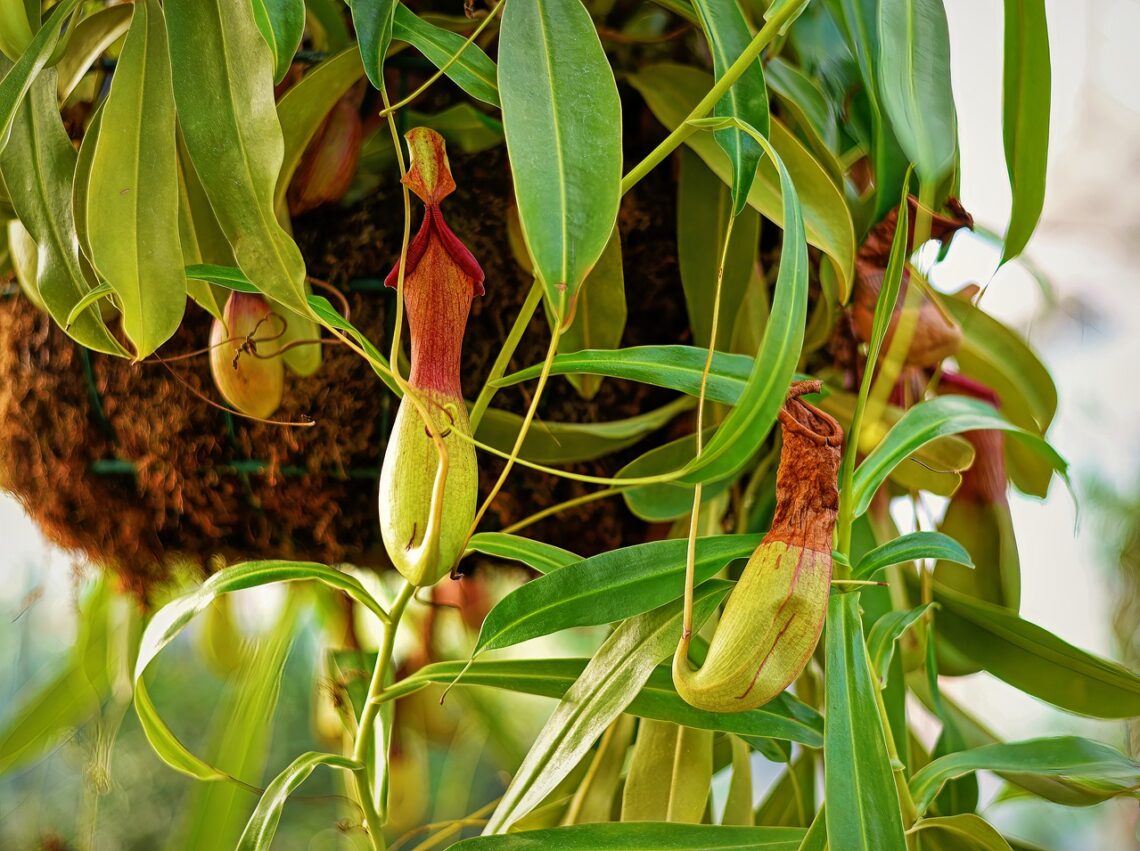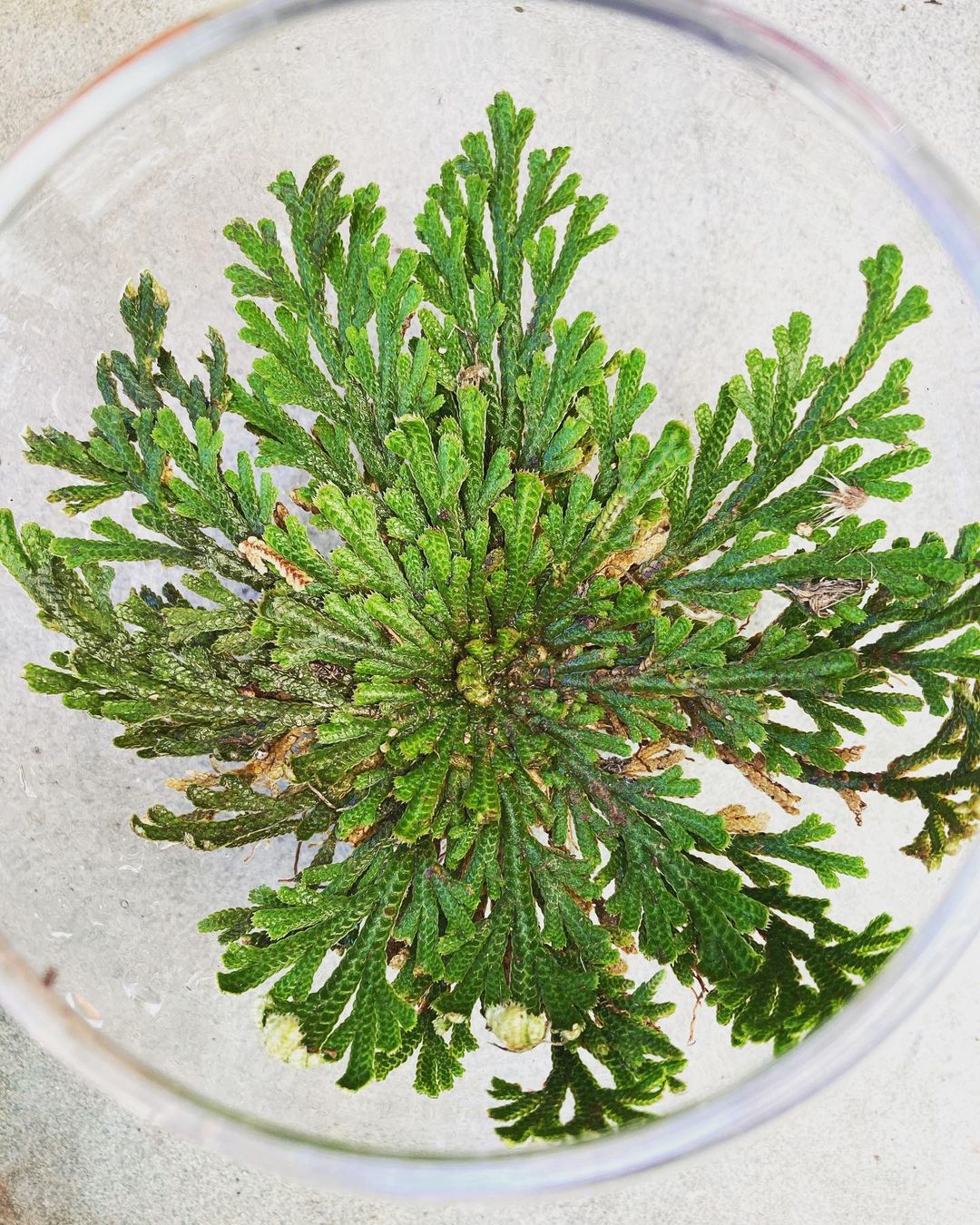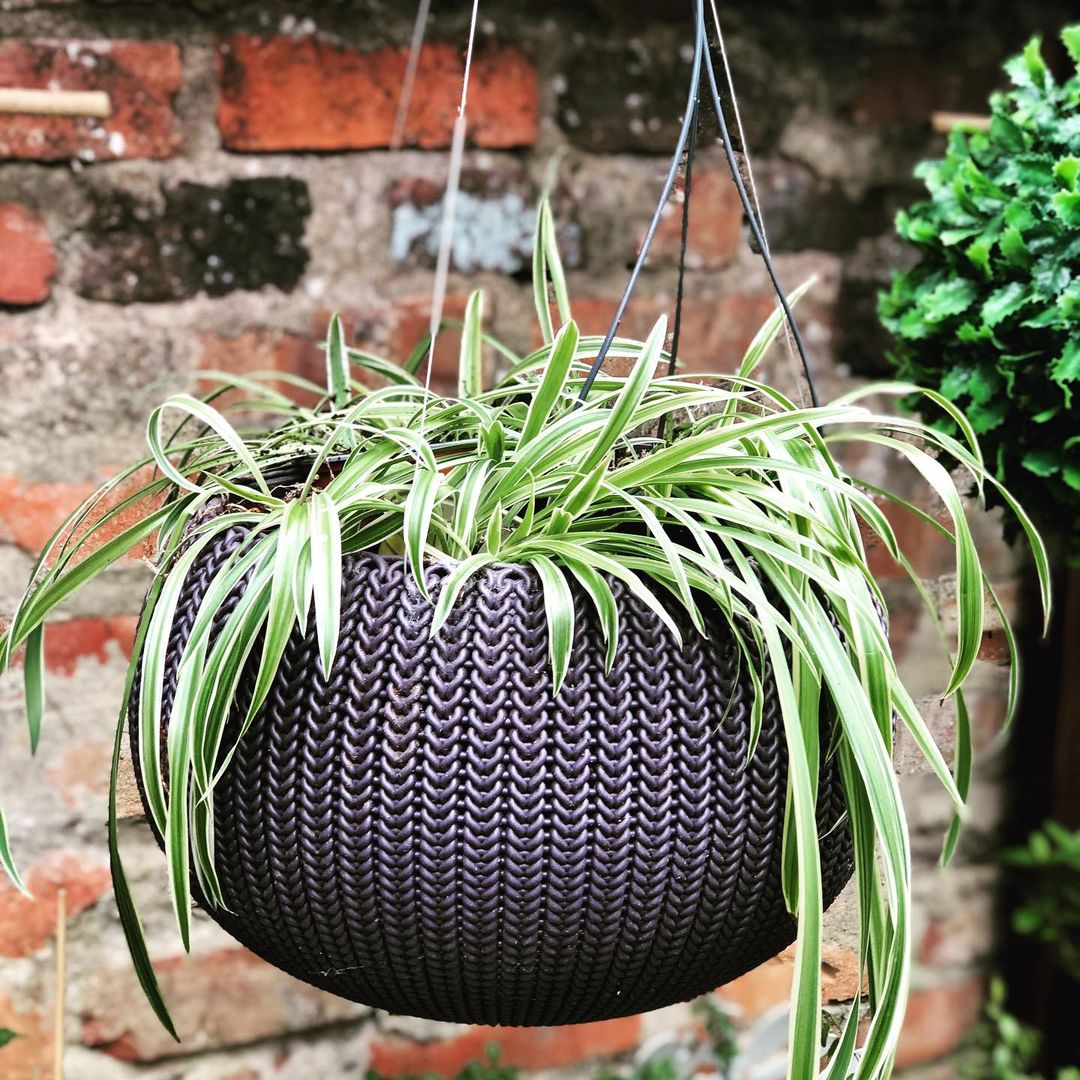If you want to add a unique feature to your plant collection, then grow a Monkey Cup Plant. It not only looks beautiful but also captures insects.
Looking to add an exotic touch to your plant collection? Read the Monkey Cup PlantGrowing Guide for all the steps you need to know to care for this carnivorous plant and keep it healthy and thriving.
Common Names: Monkey cups Plant, Pitcher Plant, Tropical Picher Plant
Botanical Name: Nepenthes spp.
USDA Zones: 11-12
Read: Venus Flytrap Turn Black Find Reasons and Solutions
Monkey Cup Plant Information
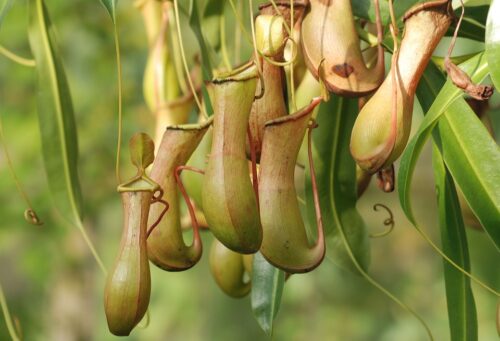
Monkey Cup Plant (Nepenthes spp.) is a perennial carnivorous flowering plant from the tropical regions of Asia. It is also known as the Asian pitcher plant or tropical pitcher plant.
It belongs to the Nepenthaceae family and includes approximately 140 species that come in the category of highland or lowland.
The plant features green leaves that resemble vines and have pitchers hanging from the tips. They are formed by the swelling of the mid-vein in the leaf, creating a hollow cup filled with fluid at the base. The vibrant colors and sweet nectar of the cup attract insects.
The Interior of the cup has slippery, downward-facing hairs that cause the insect to slip and fall into the liquid at the bottom of the cup. The bottom of the pitcher contains a highly acidic liquid with a pH value of 3, where the captured prey is digested.
This trap remains functional for about three months, after which it withers. The lid of the cup is firmly sealed, providing protection against rainwater, which could otherwise wash the prey out of the cup or dilute the digestive juice.
Fact: The plant gets its common name because monkeys are known to drink the fluid in the cups.
How to Propagate Monkey Cup Plants
The two main methods for propagating Monkey Cup Plant are cuttings and Rhizome division.
Propagation from Cuttings
- Take stem cuttings in late winter with 2-3 leaves and at least one node.
- Plant the cutting in a pot with a mixture of peat moss or sphagnum moss and perlite or vermiculite.
- Place the potted cutting in a transparent plastic bag and poke 2-3 small holes in the bag, or set the pot inside a small terrarium.
- Check the rooting medium every few days to ensure it remains damp, and moisten it with water from a spray bottle if it ever feels dry.
- Keep the plant in a well-lit area, such as near a sunny window. Make sure to keep it out of direct sunlight, which can be too harsh for the new plantlets.
- The cuttings will take at least 6 weeks to start producing new roots.
- When new leaf buds appear at the top of the cuttings, it indicates clear signs of growth. You can safely transplant them to a new pot or outdoor growing area.
Propagation from the Rhizome division
To grow Sarracenia, also known as the American pitcher plant or trumpet pitcher, you can either grow it from seeds or from rhizomes – the fleshy, bulb-like structures at the base of the plant, under the soil.
- The quickest and easiest method is rhizome division. Propagate through this method in early spring as soon as signs of new growth are visible.
- Carefully remove the pitcher plant from its pot or gently dig it from the ground. Make sure to remove the roots, soil, and foliage altogether.
- Look for weak points between the rhizomes by gently pulling the base of the plant. The trumpet pitchers naturally begin to divide into separate plants, with new rhizomes growing from the base of the parent plant.
- When you find a weak spot, carefully snap it to disconnect the rhizomes. Peel off all the old, brown leaves.
- Cut through the middle of the rhizome to make 2-3 smaller sections. Ensure each section has its own roots.
- Trim the leaves close to the rhizomes.
- Replant each divided rhizome in separate pots. Use a mix of 50:50 peat moss and perlite or coarse sand as an alternative to perlite.
- Plant the rhizomes just below the surface of the soil, ensuring the bases of the leaves are at the surface level.
- Place the pot in a sunny area and water the plant regularly to maintain moist soil.
Best Nepenthes Species
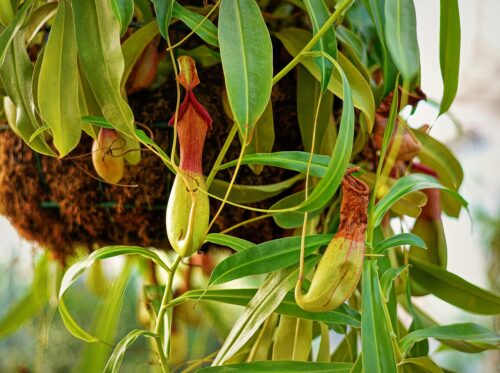
Monkey Cup Plant from the Warm Lowlands
These species favor constant, warm temperatures between 68 and 95°F and include:
- Nepenthes mirabilis: As a lowland Nepenthes, this species prefers consistent, warm temperatures. It has elongated cups that are widespread in its natural habitat. The color of the cups can vary from green to yellow to red.
- Nepenthes ampullaria: It is a well-known money cup plant that displays small and rounded cups. This species differs from most of its relatives as it derives nutrients not only from insects but also from other organic matter, such as bird droppings.
Monkey Cup Plant from the Cold Highlands
These species can tolerate temperature fluctuations and adapt to survive in varying conditions. In their natural habitat, the temperature typically reaches around 77°F during the day and drops to 50°F at night. Highland species can withstand high humidity levels of up to 90%. They include:
- Nepenthes aristolochioides: This highland species of monkey cup plant is native to Sumatra. It features an uncommon cup shape with an opening on the side, making it highly sought-after by enthusiasts. However, an extensive collection due to its popularity has led to its endangerment in its native country.
- Nepenthes macfarlanei: This highland Nepenthes species, indigenous to Malaysia, has visually captivating cup coloring. The bulbous yellow-green pitchers have red dots. This species can tolerate temperature variations and adapt accordingly.
Ideal Growing Conditions for Monkey Cup Plant
Light
Grow this carnivorous plant in bright, indirect light. Avoid direct sunlight, which can scorch the leaves. Place your plant near a bright window or provide it with artificial lighting if you don’t have enough natural light.
Soil
Monkey cup plant prefers a well-draining soil mix rich in organic matter. A good mix would be sphagnum peat moss, perlite, and horticultural sand. Avoid using regular potting soil, which can retain too much moisture and lead to root rot.
Water
The monkey cup plant appreciates consistently moist soil that is not waterlogged. Water the plant regularly, allowing the soil to dry slightly between waterings. Use distilled or rainwater if possible, as the plant is sensitive to chlorine and other chemicals in tap water.
Temperature and Humidity
It grows well in warm, humid environments. Keep the temperature between 70-85°F (21-29°C) during the day and no cooler than 60°F (15°C) at night.
The humidity level should be around 50-60%. You can increase the humidity by placing the plant on a pebble tray or using a humidifier.
Read: Companion Plants for Pest Control
Monkey Cup Plant Care
Fertilizer
When growing the monkey cup plant, you do not need to apply fertilizer as it can survive on the nutrients obtained from insects it captures. If you are growing it in an area with minimal insects, like an office, you can feed the plant by placing dead insects inside the pitcher.
It is also important to occasionally move the plant outside to catch and feed on its own prey, improving its well-being. However, avoid feeding the plant during winter to prevent root burn and eventual death.
Note: If your indoor monkey cup plant looks yellow or unhealthy due to a lack of insects, consider fertilizing it with a half-dilution of liquid plant food directly into a pitcher containing water.
Repotting
You can repot the monkey cup plant every two to three years. Use a slightly larger pot and fresh soil mix. Be careful not to damage the plant’s delicate roots.
Pests and Diseases
Monkey cup plants are susceptible to spider mites, mealybugs, and scale insects. Look for any signs of infestation and treat promptly with insecticidal soap or neem oil. The plant can also be prone to fungal infections, which can be treated with a fungicide.
Fertilizing pitcher plants directly on the soil can stimulate the growth of Rhizoctonia and Fusarium, which are common fungal diseases. These diseases can harm the plant’s vascular system through the roots or affect the foliage, causing significant damage to the overall health of the plant.
Toxicity
The monkey cup plant is not toxic to humans or pets. However, the digestive enzymes in the pitcher can be irritating if they come into contact with skin or eyes. Handle the plant with care and wash your hands after handling it.

